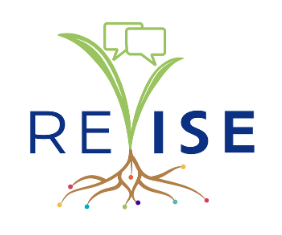April 1st, 2015 | RESEARCH
Structured afterschool programs are often perceived as a service for young children only. Communities often overlook teenagers, expecting more substantial benefits from investments in programs for younger children (Hall & Gruber, 2007). Of about 8.4 million children participating in afterschool programs nationwide, only 1 million are high school students (Afterschool Alliance, 2009b). In addition, only 15 percent of the programs funded by the 21st Century Community Learning Centers (CCLC) program include high school students (Afterschool Alliance, n.d.). Recent budget cuts in many schools have reduced or eliminated high school extracurricular activities such as music and athletics, leaving some teenagers without safe, enriching activities after school (Hall & Gruber, 2007).
Document
(no document provided)
Team Members
Jenell Holstead, Author, University of Wisconsin, Green BayMindy Hightower King, Author, Indiana University, Bloomington
Ashley Miller, Author, University of Wisconsin, Oshkosh
Citation
Publication: Afterschool Matters
Volume: 21
Page(s): 38-45
Related URLs
Tags
Audience: Educators | Teachers | Learning Researchers | Museum | ISE Professionals | Youth | Teen (up to 17)
Discipline: General STEM
Resource Type: Peer-reviewed article | Research Products
Environment Type: Afterschool Programs | Public Programs
